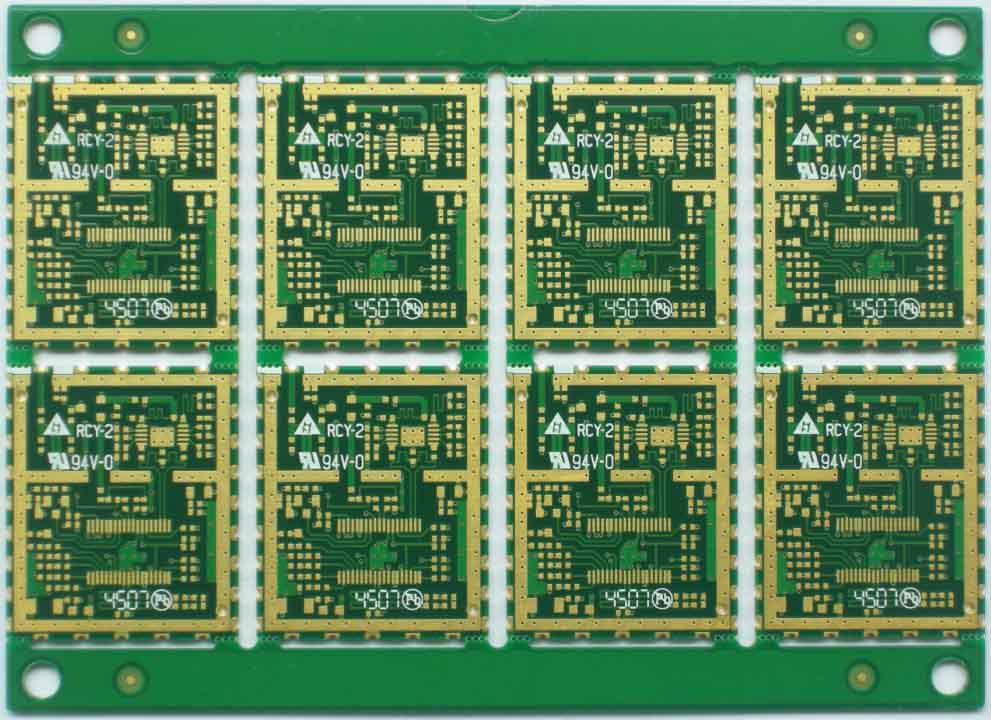
With the increasingly complex and high-speed circuit design, how to ensure the integrity of various signals (especially high-speed signals), that is to say, to ensure the signal quality, has become a difficult problem. At this time, the characteristic impedance matching of the control signal trace becomes the key. If the impedance control is not strict, it will cause considerable signal reflection and signal distortion, which will lead to design failure. We all know that PCBs are printed circuit boards. Next, I will give you an answer about what is impedance control in PCB.

Impedance control specifically refers to the transmission of various signals in the conductor of the circuit board. In order to improve the transmission rate, the frequency must be increased. If the circuit itself is affected by different factors such as etching, stack thickness, trace width, etc., the impedance value will be changed, and the signal will be distorted. Therefore, the impedance value of the conductor on the high-speed circuit board should be controlled within a certain range, which is called “impedance control”.
If there is no impedance control, it will cause considerable signal reflection and signal distortion, leading to design failure. Common signals, such as PCI bus, PCI-E bus, USB, Ethernet, DDR memory and LVDS signal, need impedance control. Finally, impedance control needs to be realized through PCB design, and higher requirements for PCB technology are put forward. After communication with impedance PCB Factory and combined with the use of EDA software, the impedance of wiring is controlled according to the requirements of signal integrity.